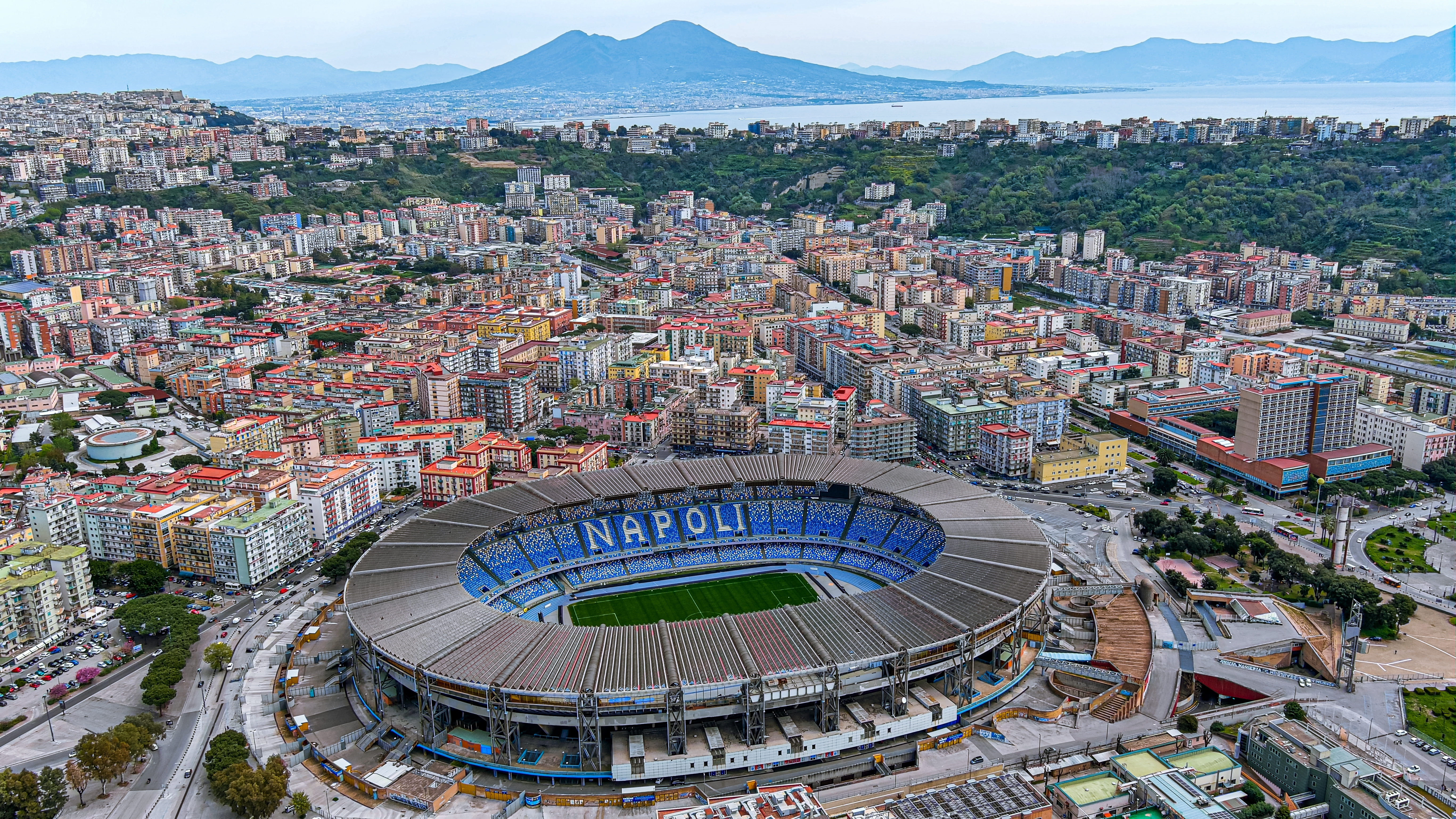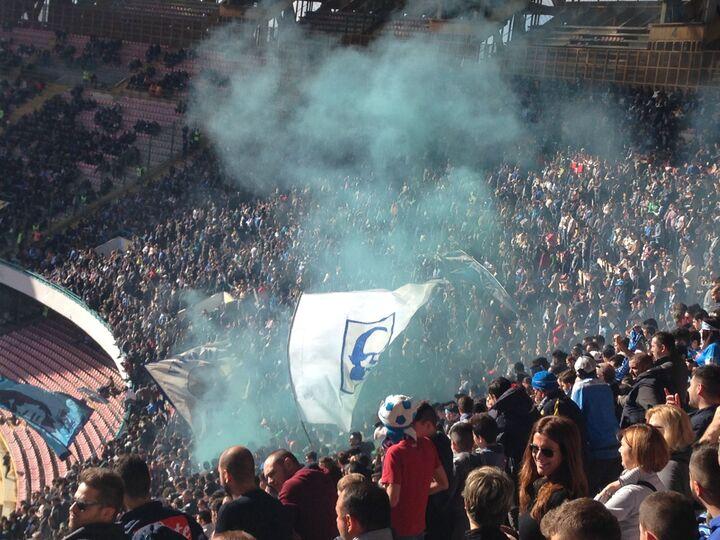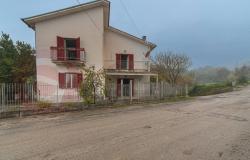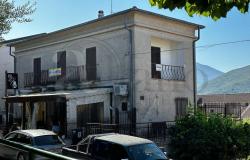This spring, the city at the base of Vesuvius is ready to erupt.
Abuzz with adrenaline and already spray-painted blue, Naples is anticipating a national soccer victory that it has waited 33 years to celebrate. With SSC Napoli pulling a massive 14-point lead over the second place team, this is the year of magic.
How do Neapolitans plan to celebrate, and what is it about the city’s victory that goes beyond sports fans’ pride and enthusiasm?
Although the final matches of the Italian soccer championship will be played on June 4, waiting until then probably won’t be necessary: A spontaneous explosion of uncontrolled joy is likely to occur between the end of April and the end of May, at the moment when SSC Napoli is guaranteed a mathematical victory. To get an idea of what is in store for this mix of carnival, jubilee, saint’s festival and rousing, July 4-like celebration, we can look back at 1987, when Naples’ team won its first Italian championship.
“The one true faith is Napoli”

In May, 1987, you could forget sleeping, driving to work in your car, or studying for an exam. The city of Naples was in miezz’a via, an expression in dialect meaning “partying in the streets.” The level of noise can be described only by ammuino, a Neapolitan term that has no translation in Italian or English (and thus can give you an idea of the unique level of acoustic cacophony). If you ventured out in a vehicle, you brought a loudspeaker, a horn to blow, and a Napoli flag or scarf to wave out the window. Cars were not vehicles for transport, but platforms. The city was in 24-hour-a-day gridlock. It was not an advisable time to have any sort of medical emergency.
Any movement of the players’ bus became a sort of procession that evoked the Madonna del Carmine religious festival, where the faithful reach out to touch the representations of Our Lady. Fans crawled over each other to get a glimpse of the players, singing songs of romantic love and religious devotion. Napoli, you are my only love! The one true faith is Napoli! You are my heart, you are my life! are examples of some of the lyrics. There were tears, and amplified high C’s. The scudetto, or little shield symbolizing the national victory and colored with the red, white and green of the Italian flag, was spray-painted on sidewalks and walls, and blue and white Napoli flags draped residential buildings, schools, and government offices. Dogs’ fur was colored blue, and smoke bombs left an azure haze over the city. And that’s not to mention the fireworks exploding in the sky every night when the sun went down.
The Neapolitan sense of humor and irony, of course, pervaded everything. A graffiti artist sprayed these words on the wall outside of the Fuorigrotta cemetery: YOU HAVE NO IDEA WHAT YOU MISSED.
The 1987 national title also marked the beginning of the cult of the player who led them to the victory, Diego Armando Maradona. After San Gennaro, the martyr whose blood liquefies every September signaling his protection of Naples, Maradona is the patron saint of the city. After Napoli’s double scudetto victory and UEFA championship title, altars to worship him sprung up in the Spanish quarter, splayed with flowers and offerings. You can still find a relic of Maradona’s curly black hair in a rotating glass display case at a cafè in the center. (And, for a modest sum, touch it for a blessing.)
Tuttoperlei — “all for her.” But who is she?

The next-level euphoria that was expressed in 1987 — and that will surely occur this spring — can only be understood when we look at Naples’ history and pagan roots.
The symbol of the scudetto shield is telling, as city-state rivalries go back to medieval times, when wars were fought for dominance over the Italian peninsula. Modern Italy is young, and a sense of identity is linked to the city rather than the country. (It is an oft-repeated saying that Italians are patriotic only when the national team competes in the World Cup.) Nowhere is this more the case than in Naples, a city with a 3000 year history that has been characterized by domination by foreign — and primarily Northern — powers. Napoli’s rivalry with the Juventus team of Turin can be traced back to the Savoy house’s crushing of the Kingdom of Two Sicilies, of which Naples was the capital.
Northern teams are rich. They usually win. Napoli fans like to remind you that loyalty to their team is not about multi-million dollar deals with superstar strikers. It is about core, or sentiment. And it is given up to a higher power. That higher power, interestingly enough, is not Maradona, or San Gennaro, or even Jesus. It is female.
“Signò, facciamo tutto per lei,” a barman in the Spanish Quarter told me recently. This is all for her.
Tuttoperlei has become a hashtag on social media that accompanies shots of the Napoli team victorious after matches. Linguistically, lei can be a woman, but it can also refer to any feminine noun. Who is lei? I asked, and got a loud vocalized exhale with a smile, that Neapolitan sound that signals the impossibility of putting something into words.
“What I mean is that this is not just about a team winning. They aren’t doing it for themselves or for their teammates. They are doing it for something larger.” His tone was one of reverence.
When I ask other fans what they mean by lei, I hear these explanations:
Si fa per la maglia. It is done for the shirt (the symbol of allegiance to the team).
Si fa per la fede. It is done for the faith (religious — or pagan — devotion to the team).
Si fa per la città. It is done for the city of Naples (patriotism as it’s expressed in Italy).
What they don’t say is that the larger purpose, because we are in matriarchal Naples, is inevitably feminine. It is, on an anthropological level, a communal devotion to the mother goddess, a central pagan divinity of the Magna Graecia. Cybele, Magna Mater, Mater Matuta, Mammona, Mary — she has had many names throughout the city’s history, and the region of Campania is covered with churches and temples to worship her.
So when, on June 4, the trophy is raised in honor of Napoli’s victory, it will not be about the cult of personality of the sensational Nigerian, Georgian and Korean players. It will not be about the phenomenal coach, or the team’s winning strategy. It will be the worship of something that has existed for millennia, and that finds its 2023 expression on a field with players wearing blue with a simple N insignia. And it will be felt in the tears of the fans who have been waiting for this moment since Maradona left Napoli over 30 years ago.
The cup will be raised in honor of her.









